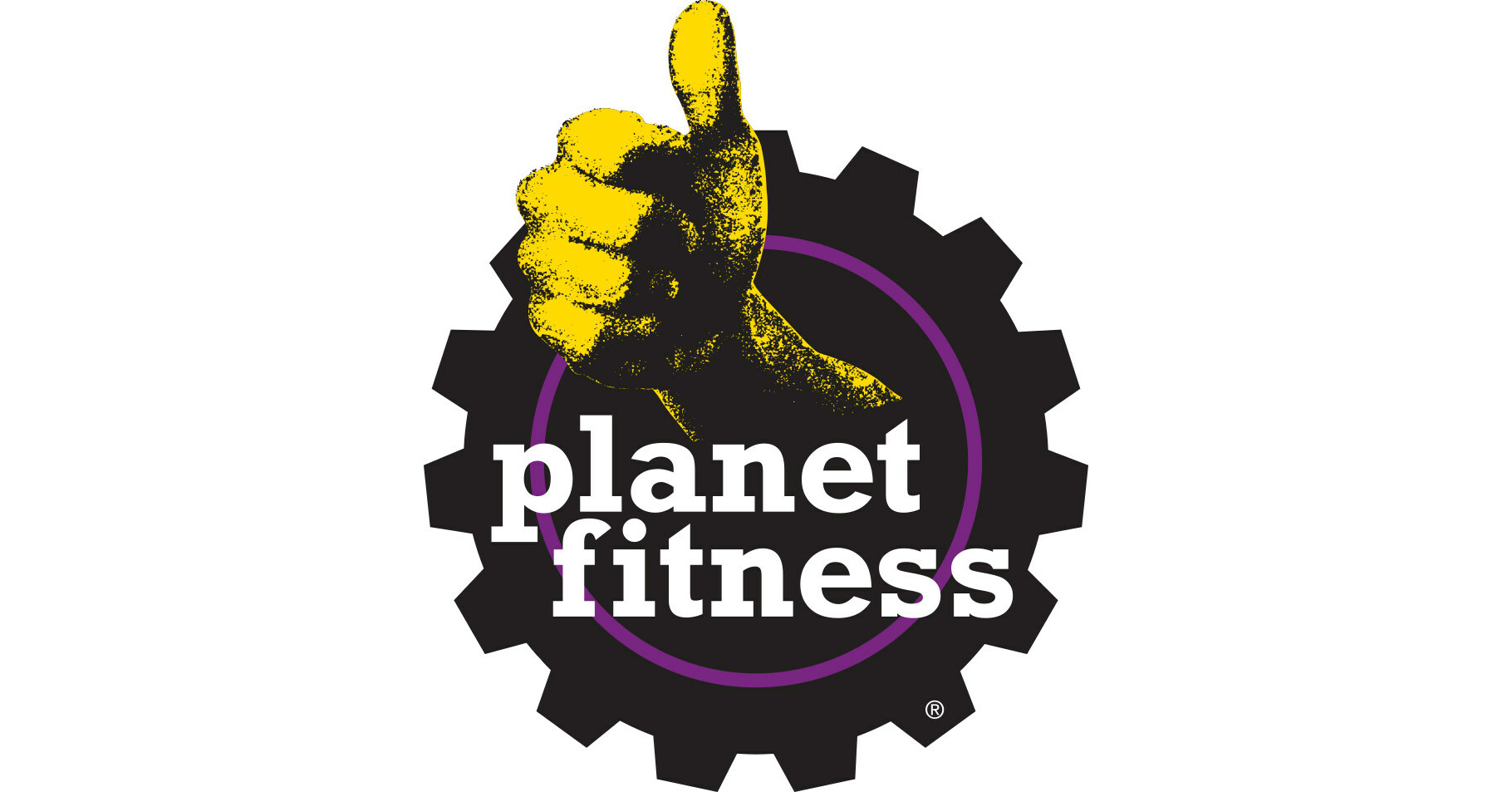Entertainment
How Disney Audio Animatronics got its start in New Orleans – with a toy bird Walt bought

When Tiana’s Bayou Adventure opens to the public at long last June 28 at Walt Disney World’s Magic Kingdom theme park, its soon-to-be-drenched visitors will be treated to more than simply a New Orleans-inspired retheming of its popular Splash Mountain log flume attraction.
They will also be witnessing a full-circle moment in the history of Disney Imagineering.
That’s because, although the Disney company likes to remind everyone that “it all started with a mouse,” the advanced Audio Animatronics systems that bring so many of its theme park attractions to life actually started with a bird — and in New Orleans.
It was a mechanical bird, to be specific, perched in a gilded cage and purchased by Walt Disney and wife Lillian from an antique shop in the 1940s during one of their visits to New Orleans.
“Walt absolutely did have an affinity for New Orleans,” said Brian Orr, a show systems studio executive at Walt Disney Imagineering. “He would travel there, and (it’s) also where he first kind of started scratching that itch of Animatronics.”
Any documentation on that seminal bird has been lost, so it’s unclear exactly where in New Orleans Walt bought it or how much it cost. But what we do know, according to Disney Imagineering, is that it was one of two such birds — both made by Bontems of Paris — that triggered his famously insatiable curiosity.
Upon returning to California, he tasked his team of Imagineers — those big-dreaming artists, artisans and engineers behind the company’s distinct brand of in-park storytelling magic — with dismantling it to see how it works.
“That kind of was the beginning of that journey,” Orr said.
The tiny, feathered automaton was far less advanced than the computer-driven Audio Animatronics figures of today, of course. It could swivel its head back and forth, open and close its beak. A bellows inside provided a tiny chirp. Little else.
But Walt and his Imagineers saw it as more than a novelty. To them, it was a new three-dimensional storytelling tool.
After tinkering, brainstorming and generally “plussing” things, as Walt was fond of saying, they opened The Enchanted Tiki Room at California’s Disneyland park in 1963, a tropical-themed attraction that famously comes to life with dozens upon dozens of singing and talking birds, tikis and totems.
The era of Audio Animatronics had taken flight.
An Animatronic bluebird would “sing” a duet with Julie Andrews in 1964’s “Mary Poppins.”
That same year, several Audio Animatronic figures were featured in exhibits Disney produced for the New York World’s Fair. They included the first versions of the now-iconic It’s a Small World and Carousel of Progress attractions, both of which would be adapted for the company’s theme parks; as well as for Great Moments with Mr. Lincoln, a precursor to today’s Hall of Presidents attraction.
As magical as they seemed then, and as advanced as they were compared to that initial bird figure, those first-generation Audio Animatronics — dubbed “A1” models — were rudimentary by today’s standards. Relying largely on hydraulics and pneumatics, their movements were purely digital, meaning they could be triggered on or off — moving, say, a figure’s arms from Point A to Point B — but with no capability for fluid, truly lifelike movement.
But Disney’s Imagineers kept plussing things bit by bit, learning and incorporating new technology with every build, both in the figures and in the show systems controlling them, Orr said.
The opening in 1989 of The Great Movie Ride at Walt Disney World’s Hollywood Studios theme park in Orlando — formerly Disney-MGM Studios — marked a major milestone, with its introduction of the first A100 model, a likeness of the Wicked Witch of the West from “The Wizard of Oz.” Unlike its A1 ancestors, the A100 incorporated electrical compliance, allowing for the sort of fine-tuned movements the A1 models lacked — and helping guests further buy into the illusion.
The Frozen Ever After attraction at Disney’s Epcot theme park introduced the first all-electric Audio Animatronics in 2016, Orr said, allowing for even finer control. The addition of Star Wars: Galaxy’s Edge at Hollywood Studios in 2019 brought the first A1000 models.
Now, five years later, the Audio Animatronics in Tiana’s Bayou Adventure — inspired by the 2009 animated film “The Princess and the Frog” — have taken that A1000 technology and plussed it again to draw guests even further into the animated world on which the ride is based.
“What you’re going to see when Tiana’s Bayou Adventure opens is some of the most cutting-edge figures we have put in to date,” Orr said.
That includes multiple Tiana figures, all with remarkably lifelike facial movements, as well as larger-than-life representations of Louis the joy-spreading, trumpet-playing alligator.
An assortment of other characters from the film are also represented, as is a band of new “critter” characters created specifically for the attraction.
“To take that and continue with that process, from little bluebird there to giant green, fully expressive character, believable, belly shaking — I mean, it’s magic,” Orr said.
“… Every one has this magical moment when we first bring it to life and power it up. It’s kind of crazy,” he added. “And that’s what guests will get to see. That is the storytelling. That is the emotional connection, the believability.”
And to think it all started with that original bird.
“It all started with a bird,” Orr said, “and it’s still that beauty of art and science and technology mixed.”









